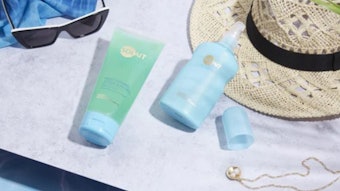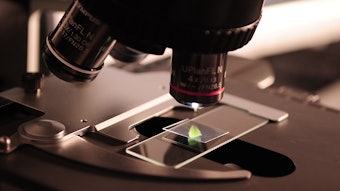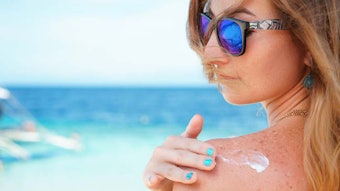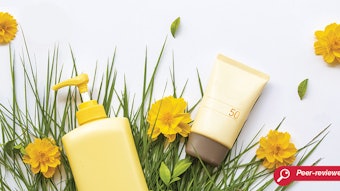Nowadays sun care products are highly technical and sophisticated cosmetic products. All basic ingredients, such as filter systems or additives, must be carefully selected not only for their performance in both the UVA and UVB spectrum, but also regarding their infl uence on photo stabilty, on the substantivity on the skin (water resistance) and on the rheological behavior. The goal is to find synergies be– tween the filter system and the vehicle after spreading on the skin. Then the technical requirements (such as good dispersion of inorganic powder, an optimized particle size and the solubility of organic filters) must be optimized in a sun care product that has nice feeling properties and a homogenous film applied to the skin.
Reproducibility of the batch and long-term stability are additional parameters of increasing interest concerning regu– latory compliance, safety and communication media.
The UVB protection of a sun care product is given by the Sun Protection Factor (SPF). For economical, practical and ethical reasons a reliable in vitro measurement of the SPF would be very welcome as a supplement – not as a replacement – of the in vivo SPF measurement. The in vitro SPF is particularly useful for screening test during product development.
This article is the result of a scientific collaboration between different industrial laboratories and testing insti– tutes in order to optimize an in vitro SPF method. The method calls for measuring either the spectral transmittance or the erythema-effective irradiance of a sunscreen product sample applied on polymethylmethacrylate (PMMA) plates. The goal of the collaboration is to achieve a common procedure for a reproducible, reliable and sensitive method for a maximum accuracy in transmittance measurements. The method was checked by using different instruments, commercial sun care products, emulsion types, filter sys tems and photo stability behaviors.
!['[Sunscreen] developers will be able to innovate more efficiently while maintaining high standards of quality and safety for consumers.'](https://img.cosmeticsandtoiletries.com/files/base/allured/all/image/2024/06/woman_outside_using_sunscreen_on_face_ISO_test_standards_AdobeStock_783608310.66678a92029d9.png?auto=format%2Ccompress&fit=crop&h=191&q=70&rect=62%2C0%2C2135%2C1200&w=340)









